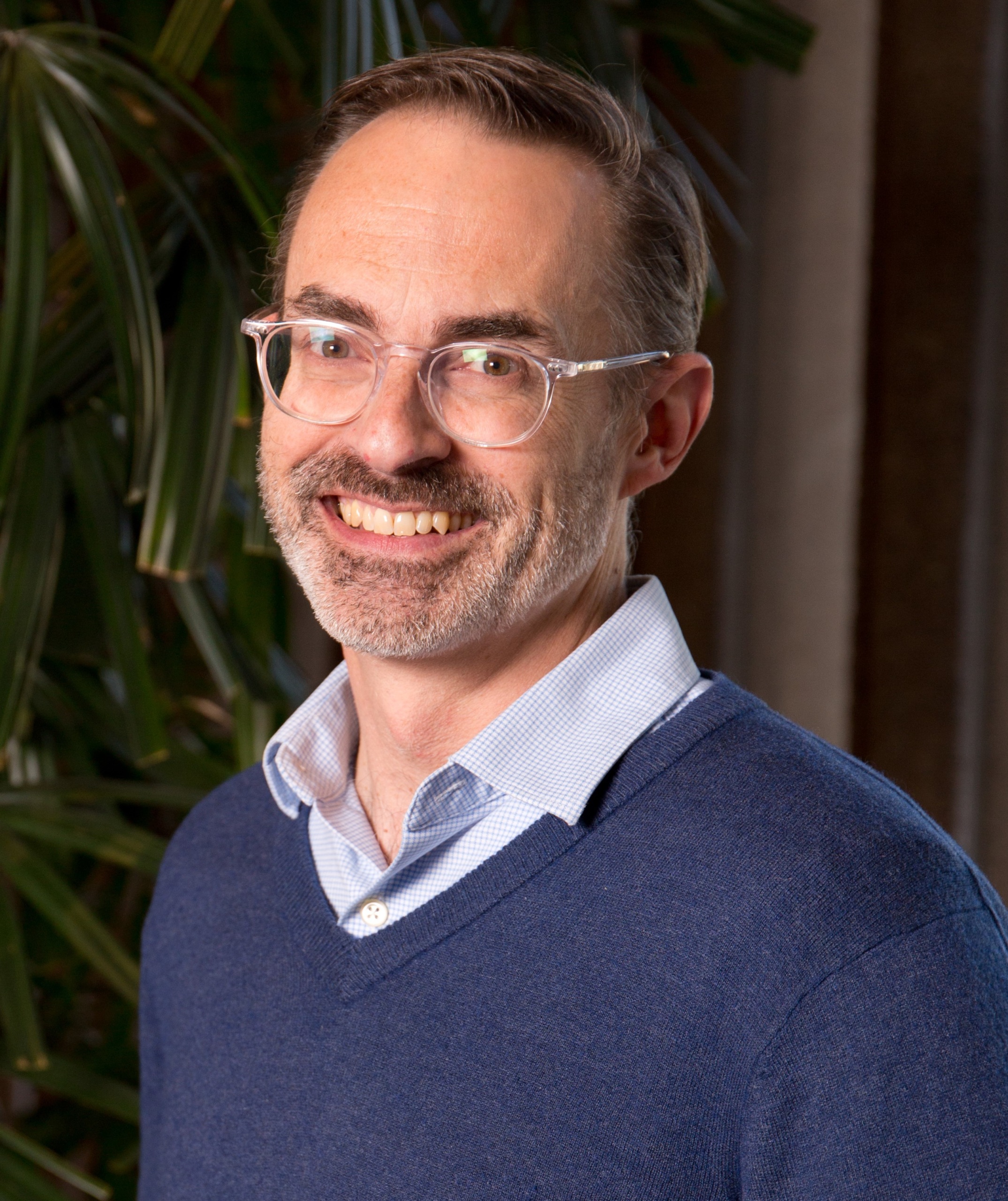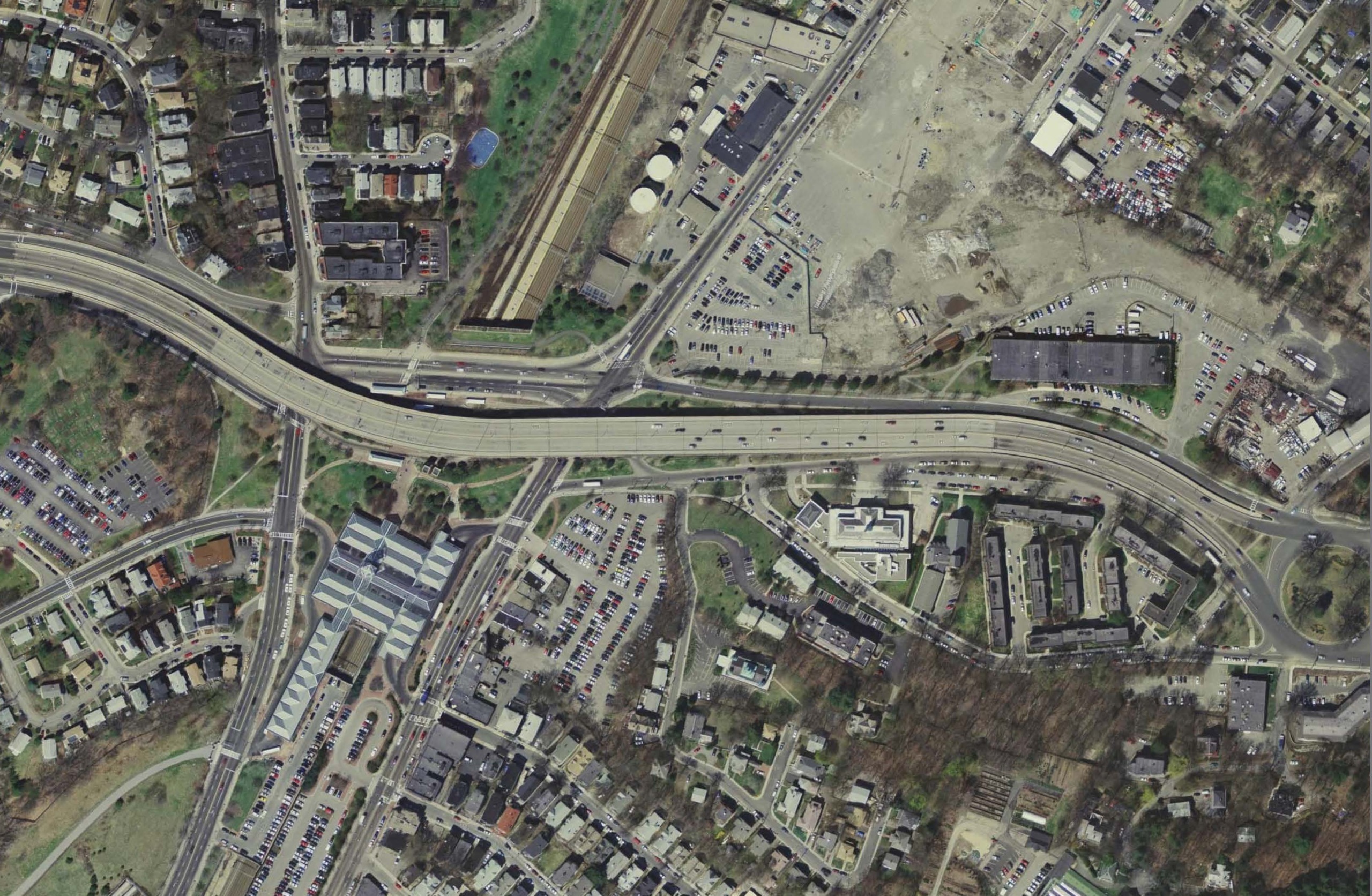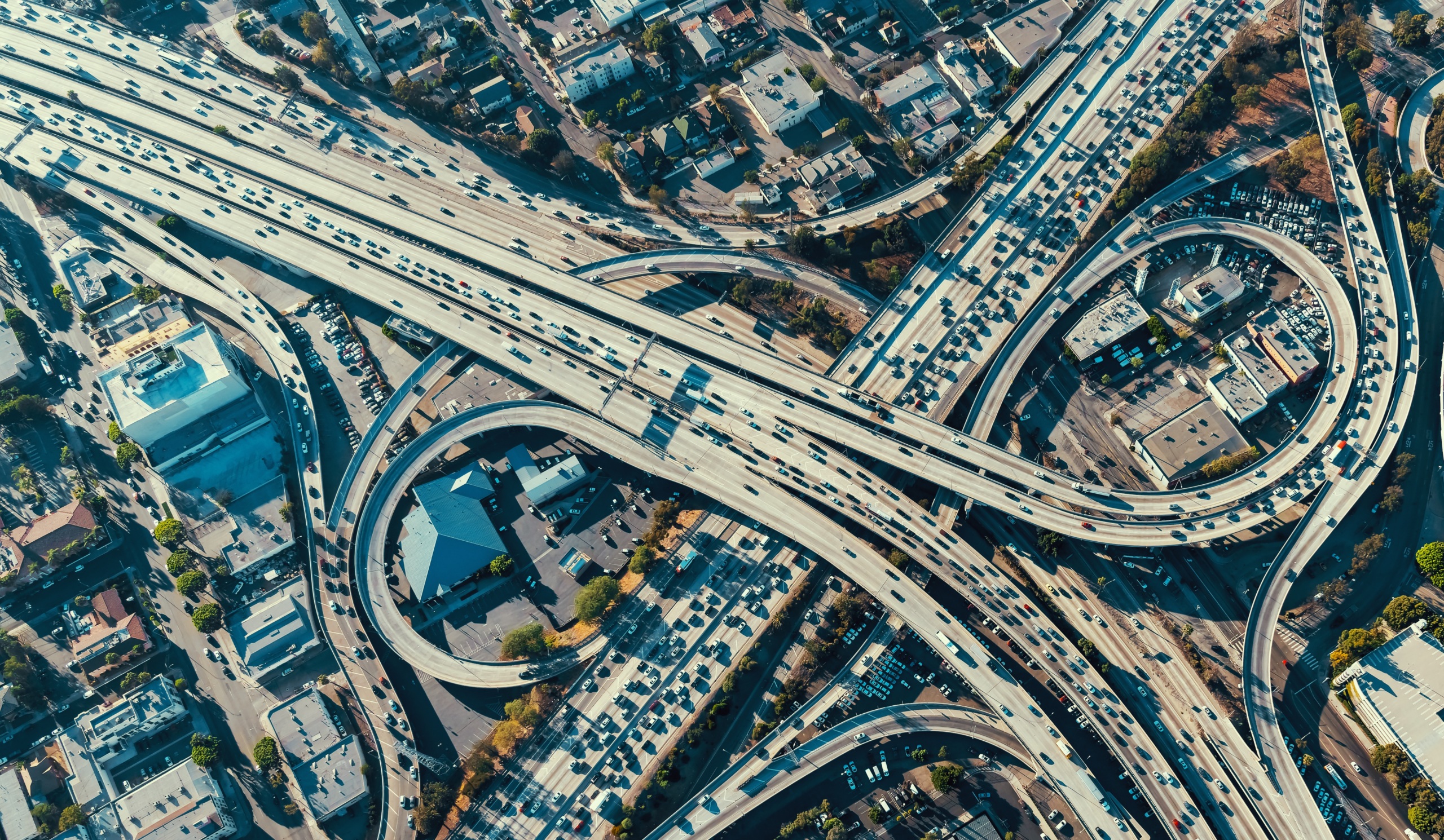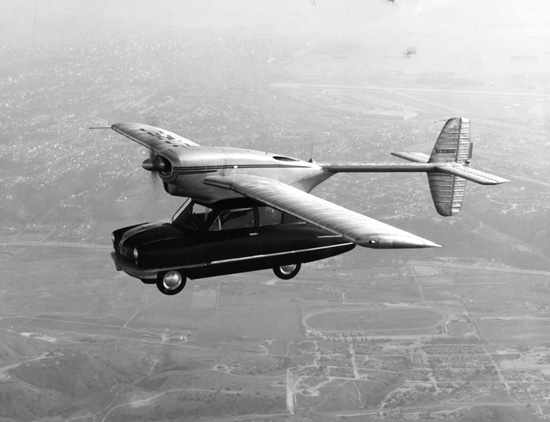
A Halloween Love Letter to a City Neighborhood
Giving thanks for the rare good fortune of living in a great neighborhood in a great city - and exploring the link between good neighborhood design and needing to buy 14 bags of candy each Halloween.

In late October 1999, my wife and I sat across a conference table from another couple to pass papers on what would become our new home in the Dorchester neighborhood of Boston. We had lived for several years in a more transient and student-oriented area and we asked innocently how many bags of Halloween candy we should buy.
“Three? Four?” we asked. “We usually start with 12 or 14,” they replied.
Other than Christmas, Halloween may be the holiday about which pundits and scholars spend the most time trying to divine a “true meaning.” Is trick-or treating a good indicator of people-friendly neighborhood design? Is it “the last of our great compulsory community acts”? Is the recent rise in parking lot “trunk or treat” events an example of overly aggressive helicopter parenting that squeezes all the adventure out of what is supposed to be a scary holiday, a testament to America’s car dependence, or just clean fun?
The true meaning of Halloween in our part of Boston is somewhere in that mix. Dispensing candy to the passing wizards, ghosts and Tom Bradys (this is New England, after all), is a darned near compulsory event, surpassing block parties and second only to snow shoveling as a time when everyone gets out of their houses at the same time. As our kids could attest, our neighborhood’s mix of single, two-family and three-family homes enables one to rack up an impressive amount of candy – and social connections – very quickly. That’s good community design.
And, as we learned through the years of raising children here, our neighborhood primarily made up of cops, firefighters, nurses, teachers and tradespeople has never been much for helicopter parenting. It’s a place where kids still play on the street (though less so than they used to) and often have a fair degree of freedom.
In other words, Halloween is the night when our neighborhood comes alive and (usually) shows its best self.
It’s much the same as it was 20 years ago. But much else has changed since then – in our neighborhood and in us.
When we moved to this part of Boston, we never intended to stay. Or, rather, we never committed to staying. Dorchester wasn’t our first choice of neighborhood, or even our second. But my wife had recently taken a job nearby and so had some familiarity with the neighborhood. And it was what we could afford.
It also had schools, parks, a library and two corner stores within a stone’s throw. No movie theaters, bookstores, coffee shops or interesting restaurants, but as young parents we didn’t care much about those things anyway. Back in 2014, at a time when urbanists were debating whether cities could become “kid-friendly,” I laid out the many reasons that, for our family at least, the city could be a great place to raise kids.
Twenty years ago, a parade of kids would troop down the street in uniform each morning to the local Catholic school. When they got to a certain age, or when their parents had saved enough money, many of their families would troop down to one of the South Shore suburbs as part of the migration of middle-class families from the city of Boston that had been occurring for generations.
Today, more local kids attend the local public and charter schools. Our block has become somewhat more reflective of the diversity of Dorchester as a whole (though we still have a long way to go). And the exodus to the suburbs has slowed. I vividly remember an overheard conversation at a Little League game some years back, when one of the other dads recounted moving to some distant South Shore suburb only to move back to Dorchester after finding that he was spending half his time driving and all his friends were still back in the old neighborhood.
And it is not just our neighborhood that has changed in 20 years, but us as well. Research is beginning to pick up on the influence of the built environment on our attitudes, as well as our behaviors, in areas such as transportation. It took me about a decade to realize that our built environment afforded me a straight-shot bike commute (along imperfect streets) to my job in downtown Boston. The proximity of homes, destinations and public transportation in our area now allows us to live with one small car. Seeing how our neighbors lived their lives – something that can only happen when you live in close community with others – shaped our values and influenced how we raised our kids. We are different people because we chose this as our landing place.
It’s not as though it has been all peaches and cream. But two decades after we moved, the things we love about our neighborhood – from the incomparable Dorchester Day parade to our very hectic Halloween – are starting to be noticed by others. Newcomers have begun to take a second look at neighborhoods like ours for the same reason we did – it is wonderful and there are few other reasonably affordable places to go. Housing prices are skyrocketing. The streets that used to be half-filled with cars are now lined front-to-back on both sides, an indicator, I think, of the rising socioeconomic status of the residents of the three-decker-lined main street a couple of blocks away.
Today, I often wonder if, short of inheriting the house from us, our children will get to live in our neighborhood – or any neighborhood like it – in the city of Boston.
Tomorrow, however, we’ll banish consequential thoughts for the night. On Halloween, the parade of young faces from near and far will reaffirm our existence as a community and the unique value of urban life. We’ll once again give gifts to strangers and make them neighbors, and reacquaint ourselves with neighbors and make them friends. And as we turn off the porch lights at 7:45, having once again rotted the teeth of hundreds of young kids, I’ll give thanks again for the rare good fortune of living in a great neighborhood in a great city.
Photo via goodfreephotos.com
Topics
Authors
Tony Dutzik
Associate Director and Senior Policy Analyst, Frontier Group
Tony Dutzik is associate director and senior policy analyst with Frontier Group. His research and ideas on climate, energy and transportation policy have helped shape public policy debates across the U.S., and have earned coverage in media outlets from the New York Times to National Public Radio. A former journalist, Tony lives and works in Boston.
Find Out More

Four ways to look at a project (or policy, or almost anything)

America needs a “roads review”

Where’s my flying car? Who cares?

